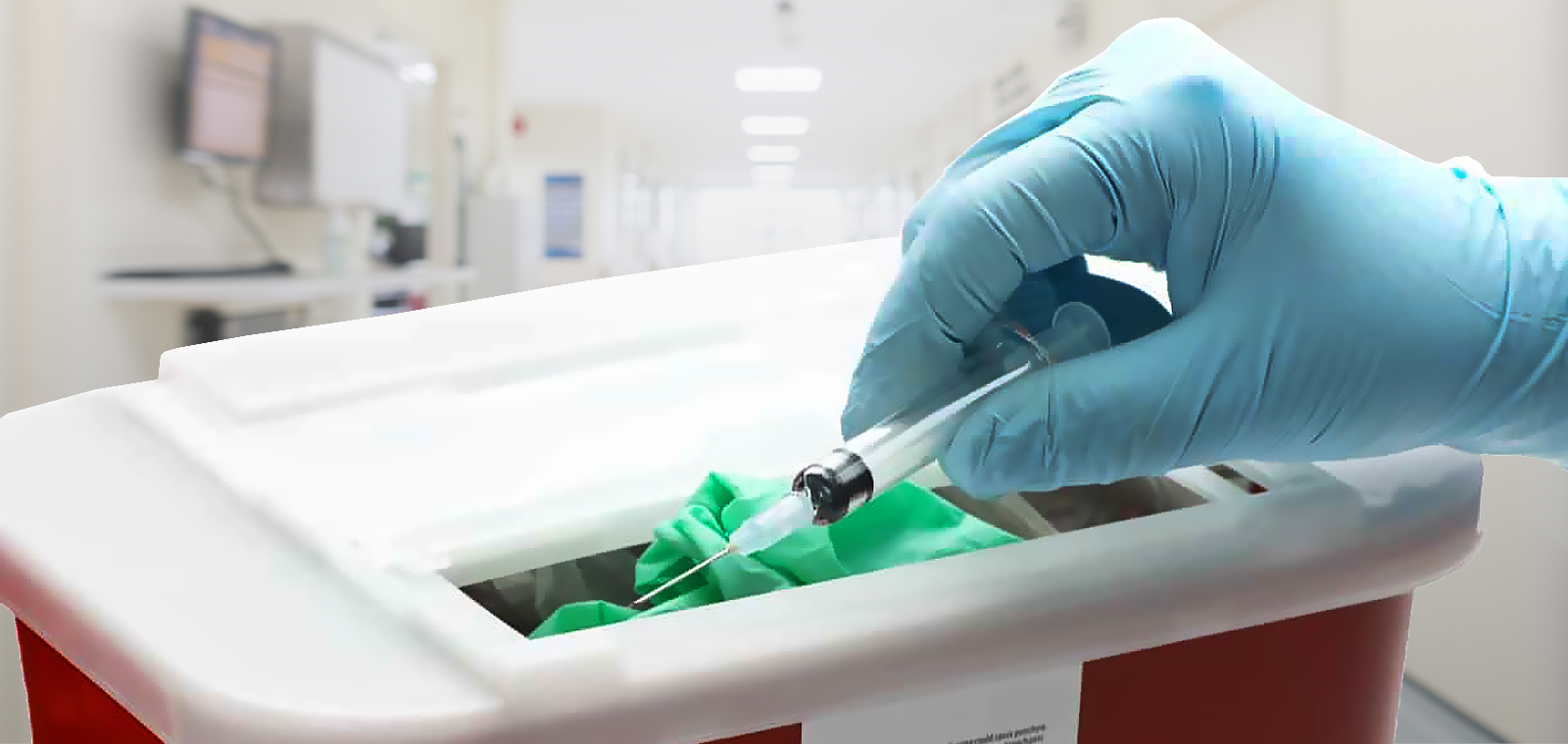Medical sharps, or clinical sharps, are products used in healthcare. They have sharp points or cutting edges that can cause injury and go into the human skin when improperly handled. Some examples of medical sharps include needles, insulin syringes, lancets, scalpels, and even broken glass.
If you are working in the healthcare industry, you should know how important it is for sharps to be handled safely. Sharps that are contaminated with a patient’s blood can transmit 20 kinds of diseases, maybe more. These diseases include Hepatitis B, C, and HIV (human immunodeficiency virus). Due to this, the risk of transmission from sharps injuries is the cause of stress and worry for people who receive them.
One item that can help you protect yourself from getting injured by sharp objects is the medical waste box. This is more popularly referred to as a biohazard container or sharps container, a labelled receptacle used exclusively for disposing of medical supplies and objects used by healthcare facilities and laboratories for the diagnostic, experimental and remedial care of individuals, where contaminants are admitted to exist. This is where medical waste should go for disposal. Insulin syringe disposal should also go into the medical waste box.
Containers for disposable sharps should have sides and bottoms that are leakproof. They should be puncture resistant and labelled appropriately. Some communities have colour-coded containers in red as a warning to everyone that the contents of the container are hazardous. They should have a lid, flap, door, or any means of closing the container.
If your work is related to clinical sharps, you should know how to protect yourself. Whether you’re working with needles, scalpels, or syringes, you should be able to handle these instruments safely, to prevent needlesticks and cuts.
Before we go back to medical sharps disposal, let us learn about tips that will help you prevent injuries when using sharp objects. Here they go.
- Get everything you need ready and close by before using needles, scalpels, or other sharp objects. This includes gauze, bandages, and alcohol swabs.
- When it comes to sharps waste disposal, know the location of the sharp disposal container.
- Ensure that there is enough room in the container before putting your object. The container should be replaced once it becomes 2/3 full.
- Never uncover or unwrap the sharp object until its use time.
- Never recap or bend a sharp object.
- Keep the object pointed away from others and yourself; keep your fingers away from the tip of the sharps.
- Never pass on a sharp object to another person by hand. This should be put in a tray for another person to pick it up.
- If you intend to put a sharp object down, or pick it up, let the other people you’re working with know.
Now let’s learn how to dispose of sharps containers:
After using a needle or other sharps, place them all in a sharps disposal container immediately. This will lessen the risk of needlesticks, punctures, and cuts from loose sharps. Keep the sharps container out of reach of children and pets. DO NOT REUSE sharps disposal containers.
Dispose of the container or the medical waste box, when it is three-quarters full and following your community guidelines. These guidelines vary depending on your residence. Some available methods of trash removal are the following:
- Dropboxes or supervised collection sites
- Household hazardous waste collection sites
- Residential special waste pick-up services
Some programs may need you to call them and request pick up, while others provide regular schedules. It depends on where you live.
Please get in touch with us if you need help with working with sharps. We may also share with you some very important information regarding the disposal of the medical waste box or sharps disposal container.


